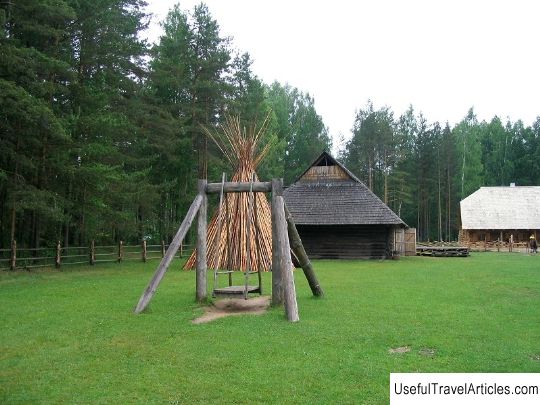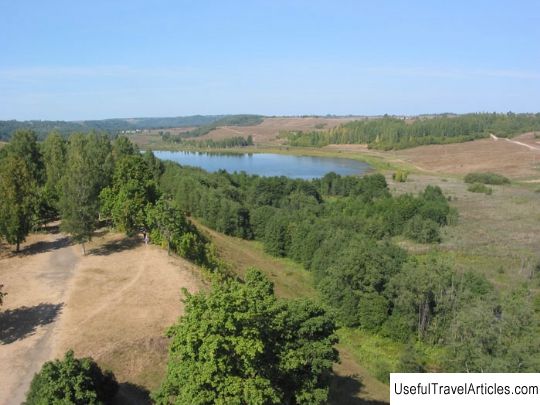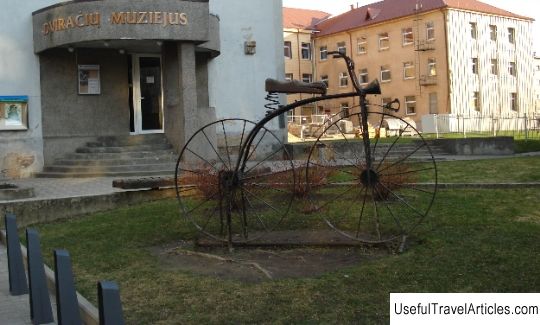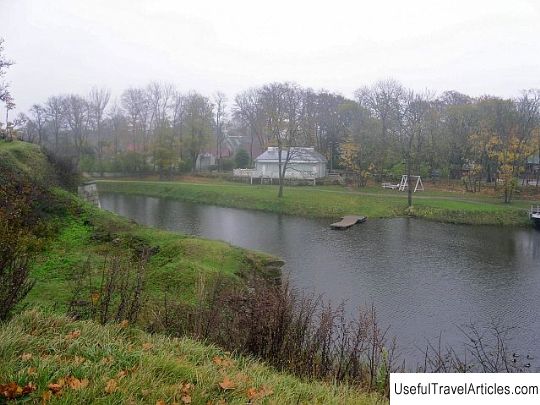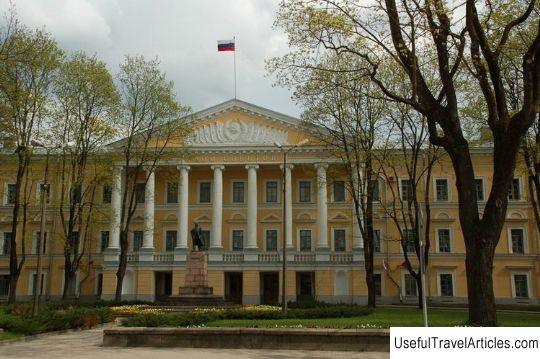Museum-estate of the Seto people in Sigovo description and photos - Russia - North-West: Izborsk
Rating: 7,7/10 (209 votes) 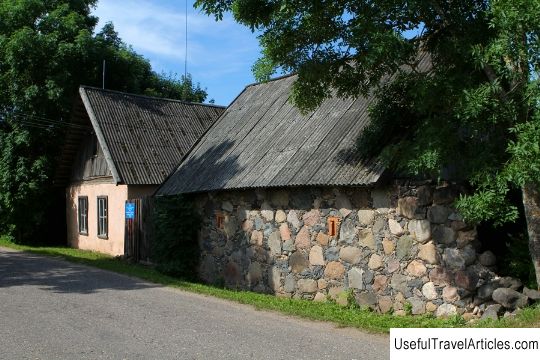
Museum-estate of the Seto people in Sigovo description and photos - Russia - North-West: Izborsk. Detailed information about the attraction. Description, photos and a map showing the nearest significant objects. Photo and descriptionIt is known that the Seto people live in the Pskov region, namely in the Pechora region, as well as in the southeastern outskirts of the state of Estonia, which until 1920 was related to the Pskov province. It is quite difficult to establish the number of this people, because their ethnic group is not included in the list of nationalities living in Estonia and Russia. During the census, the Seto people had to be attributed to the Estonians, although this assignment is not entirely fair and correct, because these two nationalities have different religious trends. Tatyana Nikolaevna Ogareva is an active ascetic of the Seto culture. together with a resident of the village Nikolai Tapper, as well as employees of the Izborsk museum, led to the creation of a new museum, namely, to the estate of the Seto people, located in the village of Sigovo, Pechora district, Pskov region. Seto cultural and public organizations took part in this work: Panikovsky and Mitkovitsky folklore groups, as well as the Pechora society called "Ecos". The Seto Museum has become a kind of part of the chain of Seto museums in Obinitsa, Varska and Saatse. The museum is located in an authentic manor house of the Kulaots family. Most of the items also carry the warmth of the family hearth of the owners of the estate. All the collections presented in the museum have become the fruit of long-term accumulative and research work. The museum complex consists of two parts: the estate itself and a private collection in memory of the Seto people. Visiting this museum, you can be convinced of the harmony of the unity of nature and man, learn about the identity of the Seto culture, learn about the complexities and features of the historical development of this people. At the moment, there are the following versions of the origin of the Seto people. The first of them tells that the Seto is a Finno-Ugric people, which survived until the time of the emergence of the Slavs, with whom they met in the process of settling the western part of the East European Plain. According to the second version, the Setos are the descendants of peoples who fled in the Middle Ages from the territory of the currently existing Estonia to the lands of the Russian Estonians, who fled from the Catholic influence of the knightly order. After some time, the Seto people were replenished with Estonians who moved to the territory of Russia. For several centuries, the Seto people knew too little of the Russian language. After the Setos adopted Orthodoxy, they still retained most of the elements of paganism in their culture. This people only in the 20th century was able to finally get acquainted and understand the Bible, but nevertheless, regardless of this, the Setos always passionately performed all Orthodox rituals. It is worth noting that, nevertheless, the lack of understanding by the Seto people of all the norms and canons of Orthodoxy led to the fact that the Russian people living next to this people began to call them “half-believers”. On the other hand, the Estonians of the Livonian province also did not consider the Setos as their own and referred them to the representatives of the "second class". According to the results of the painstaking work of scientists from St. Petersburg, it was found that the Seto people still gravitate more towards the Orthodox Russian culture than towards the Lutheran Estonian. Moreover, the Setos themselves distinguish themselves from the Estonian people. In terms of their ethnopsychological indicators, as well as their historical fate, the Seto people are closer to Russian culture. In order to preserve the identity of the Seto ethnos, it is necessary to grant it the status of a small people of the Russian Federation, giving it the opportunity to communicate with Western representatives of the Seto.         We also recommend reading Parish Church of the Three Kings (Stadtpfarrkirche) description and photos - Austria: Gmunden Topic: Museum-estate of the Seto people in Sigovo description and photos - Russia - North-West: Izborsk. |
